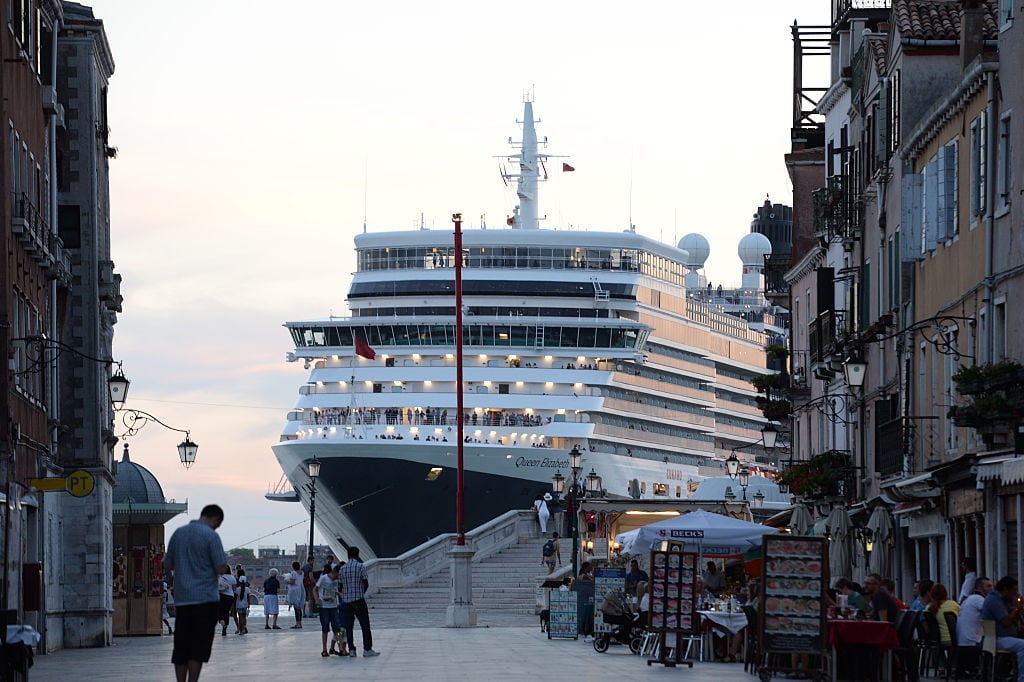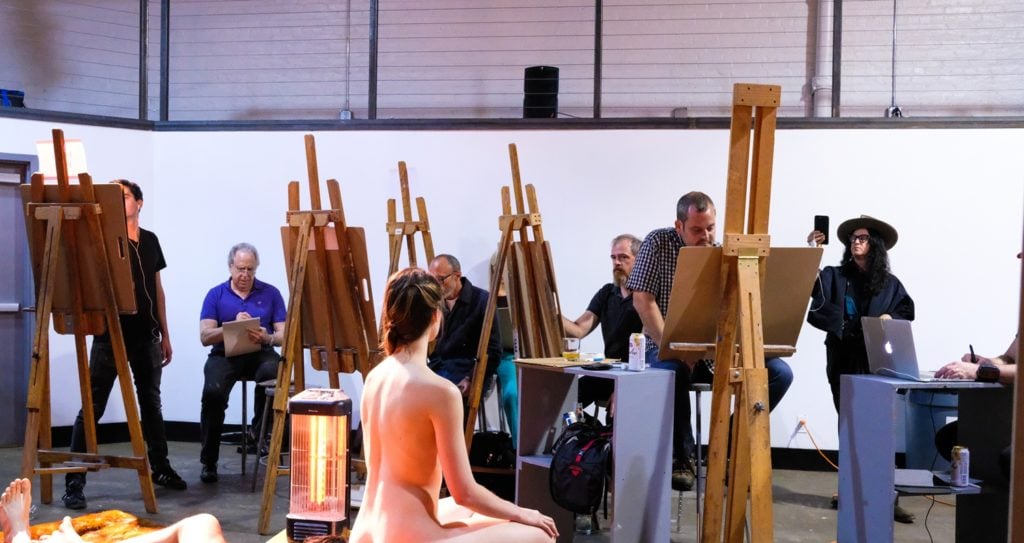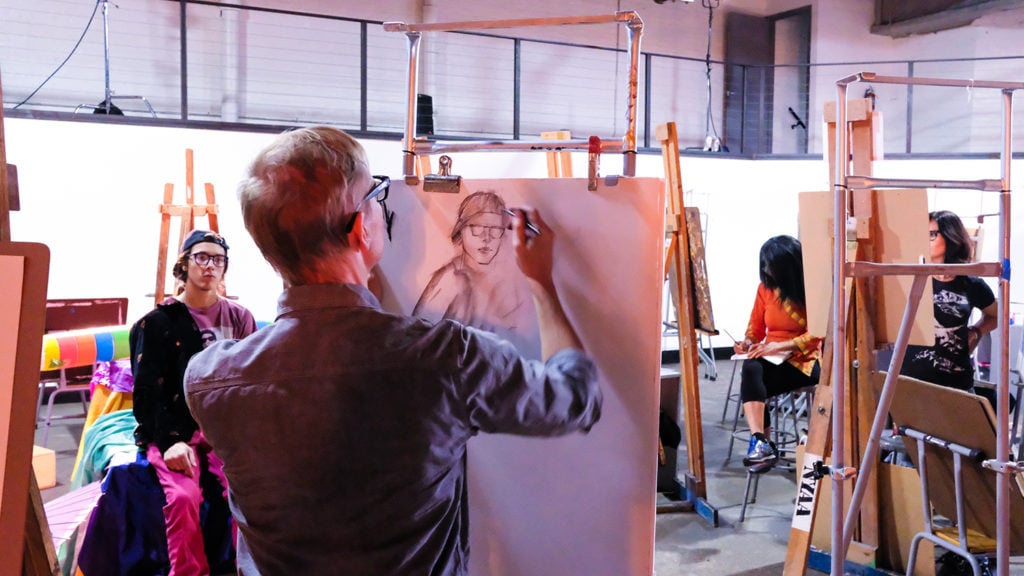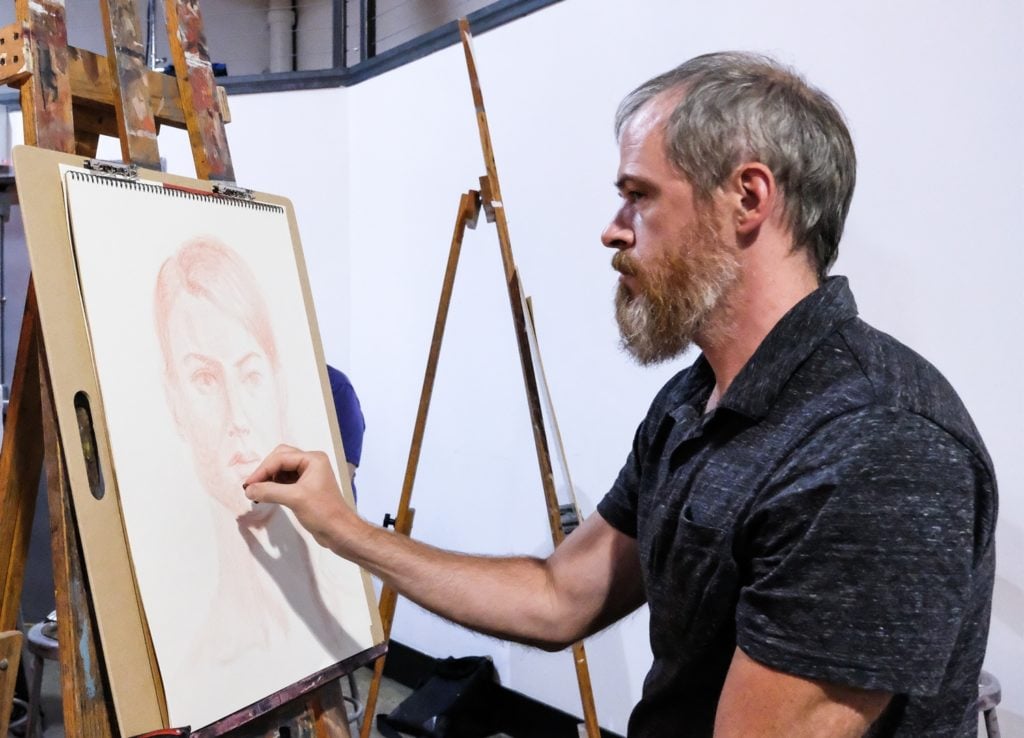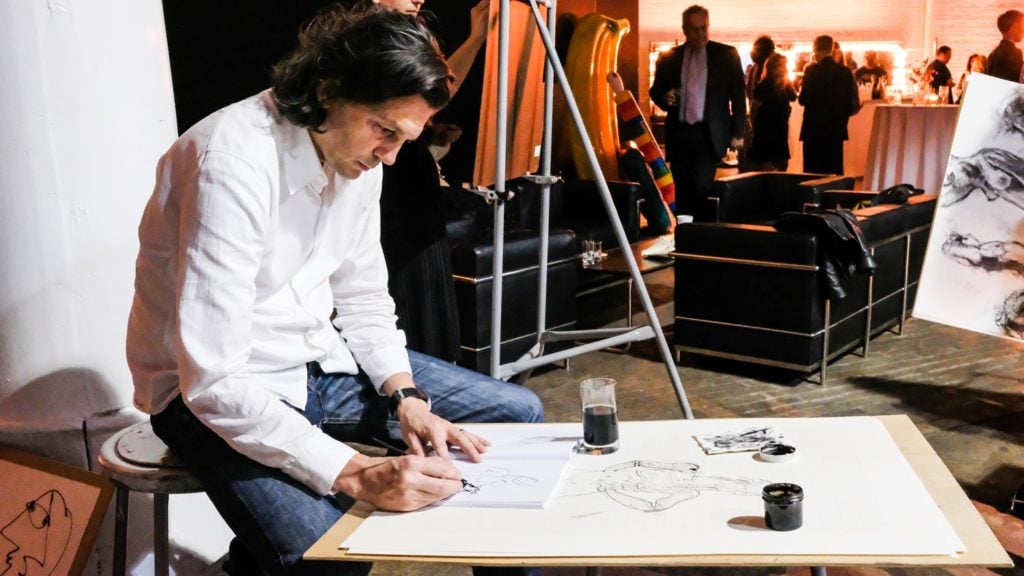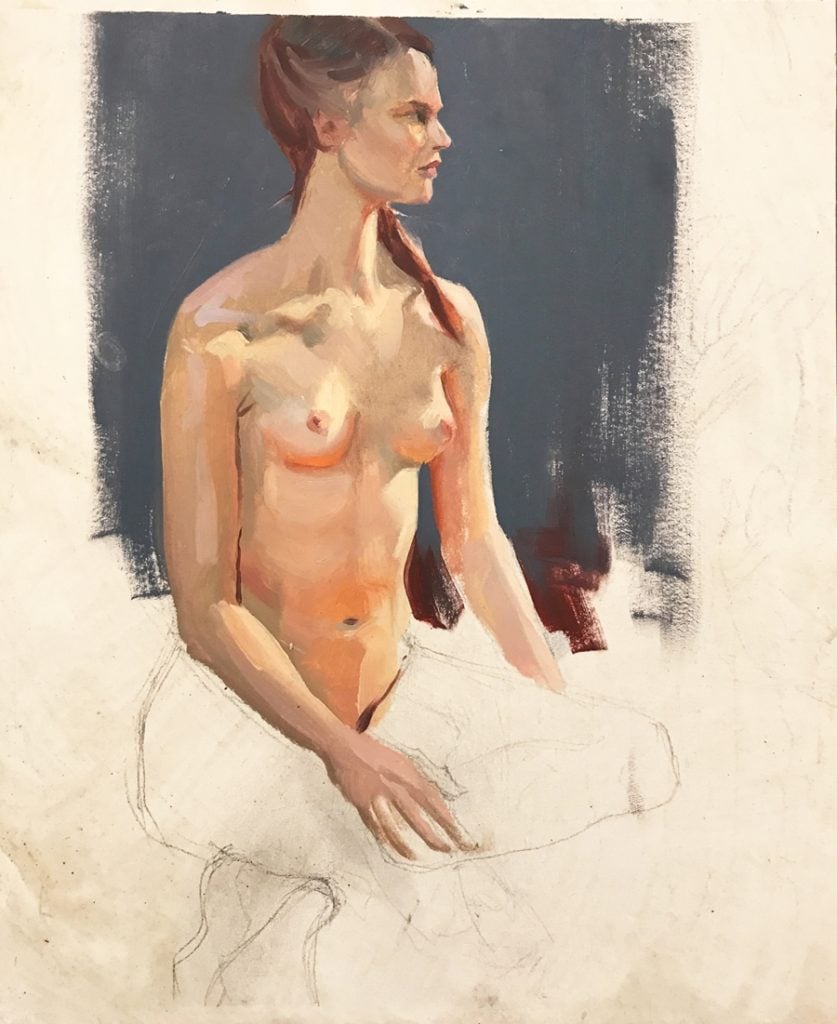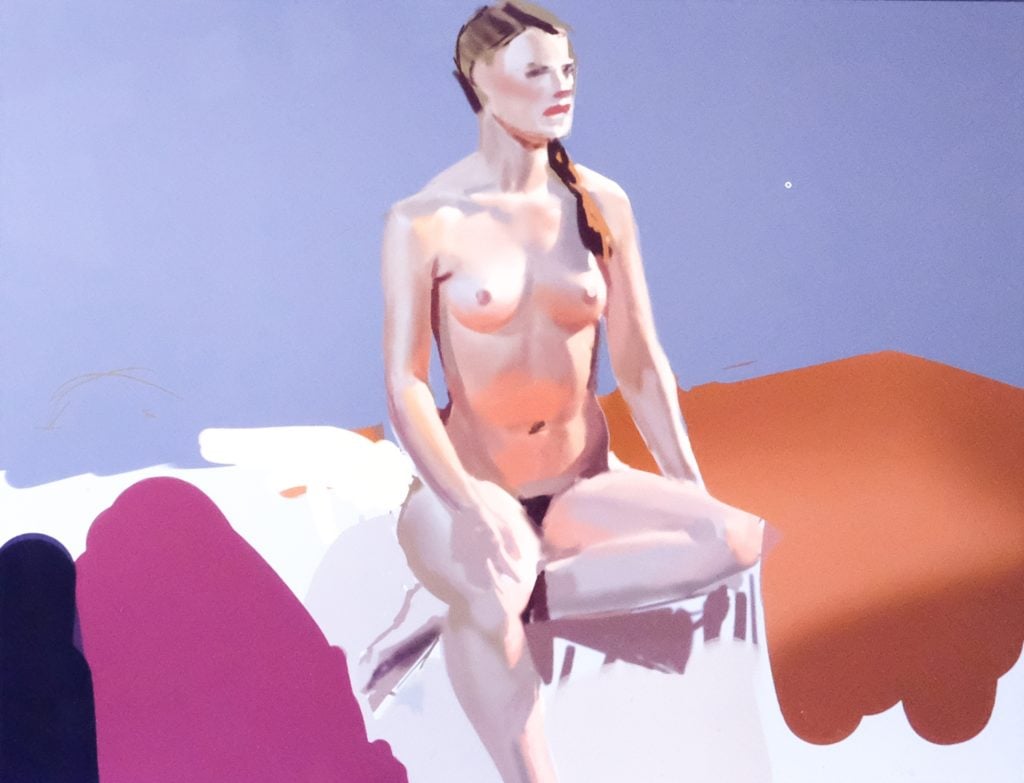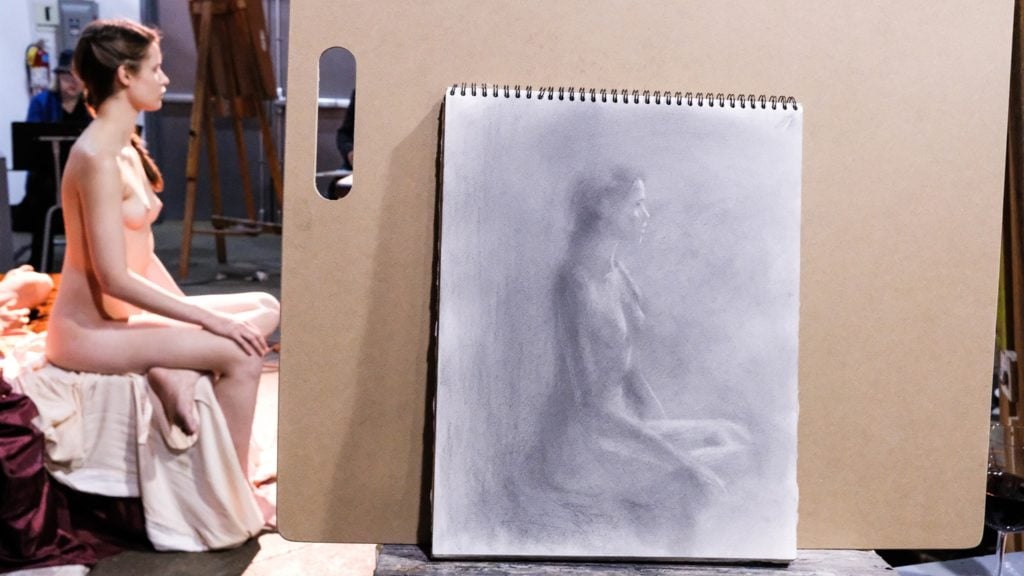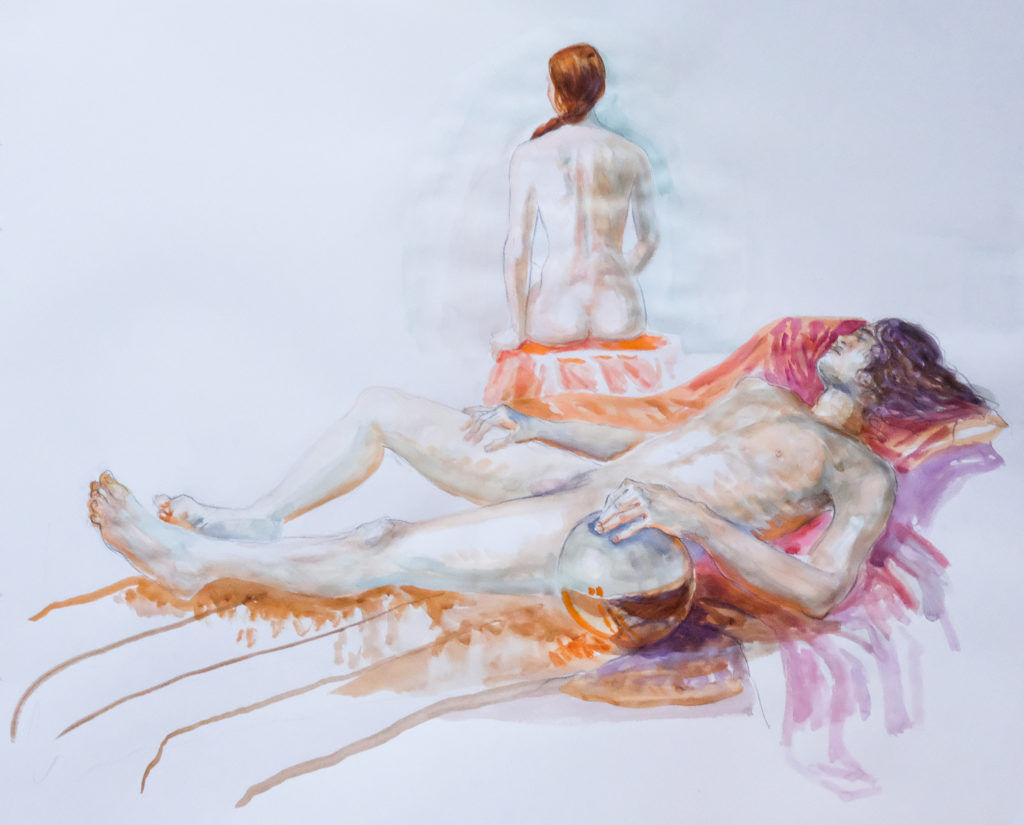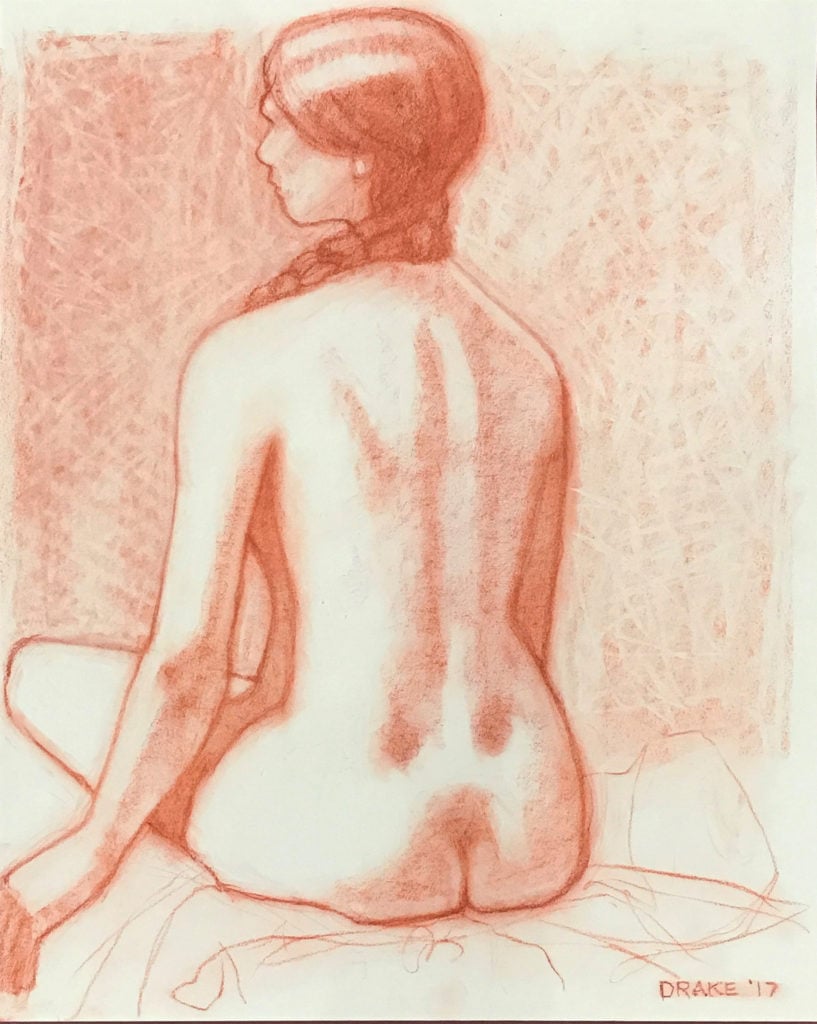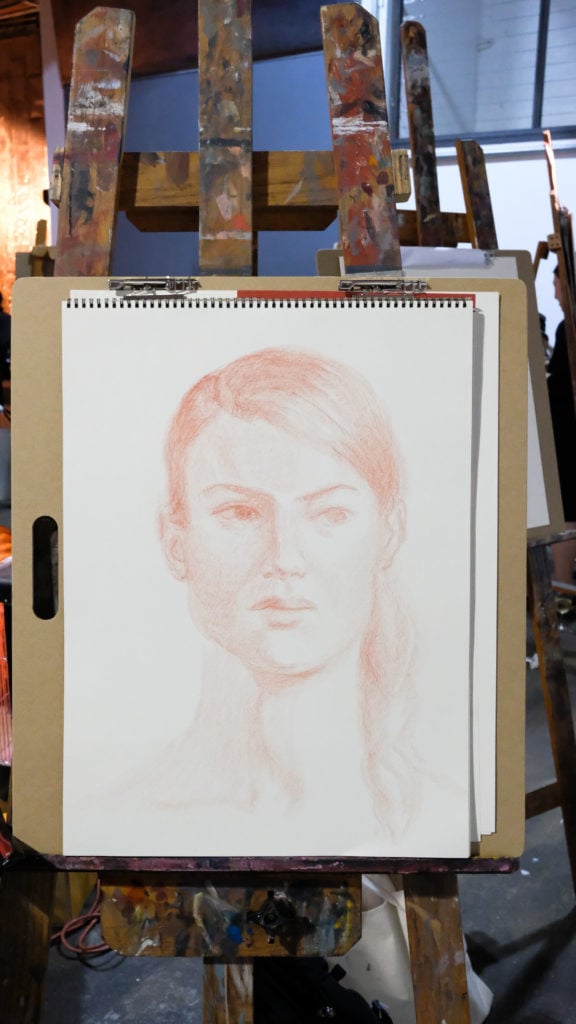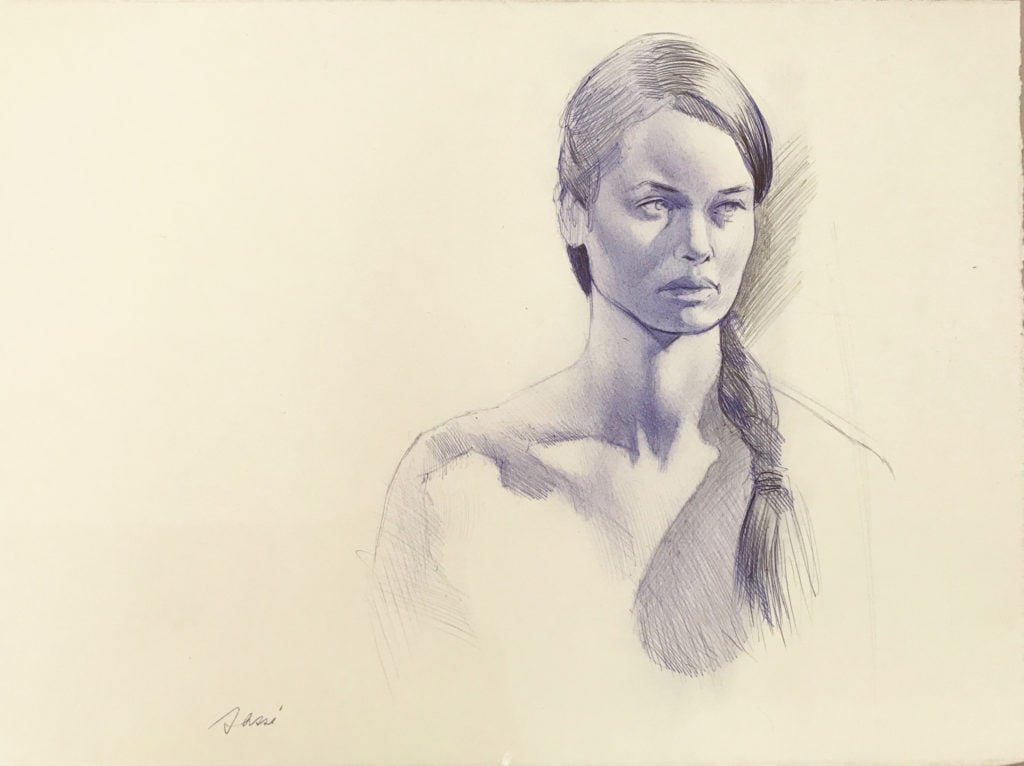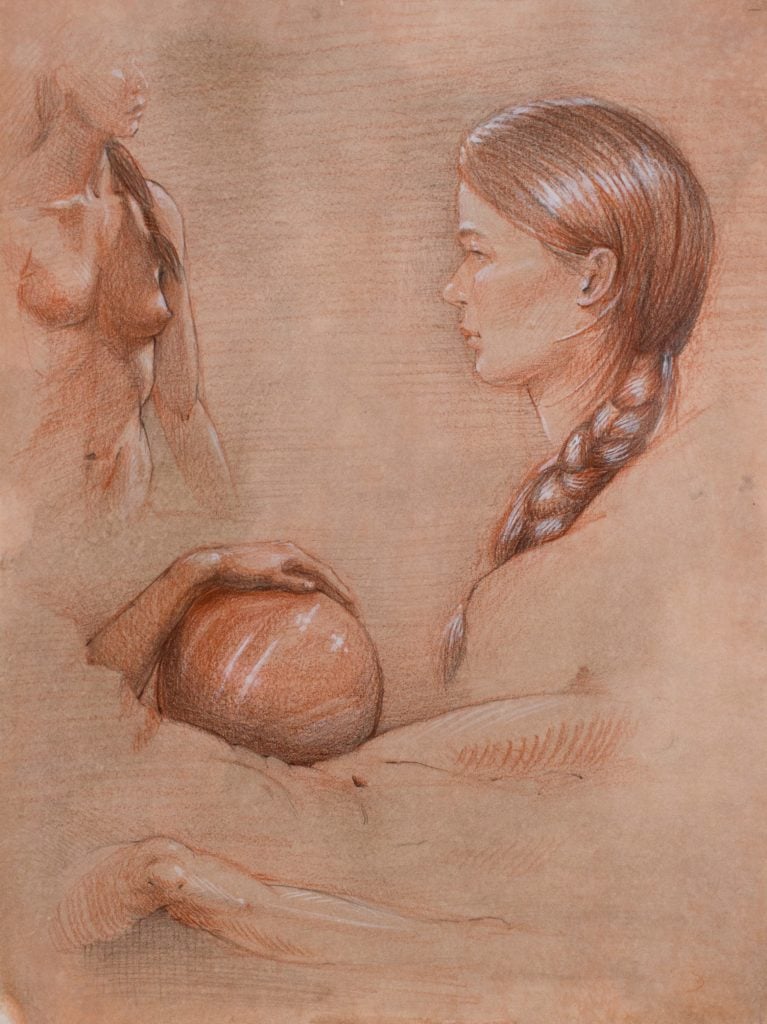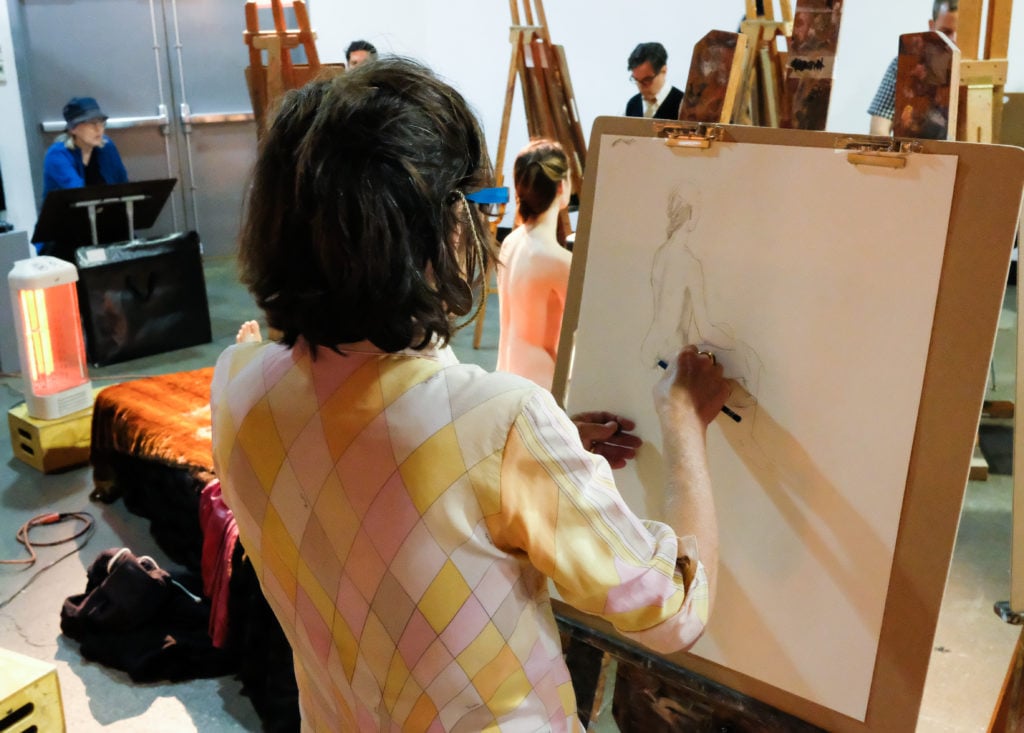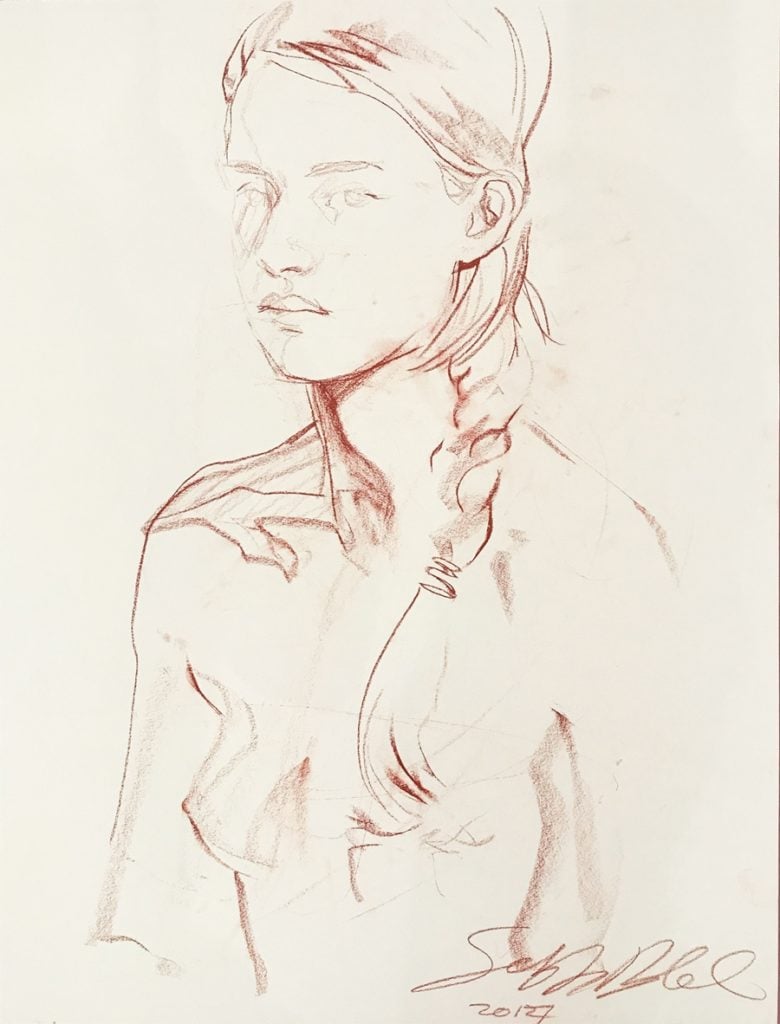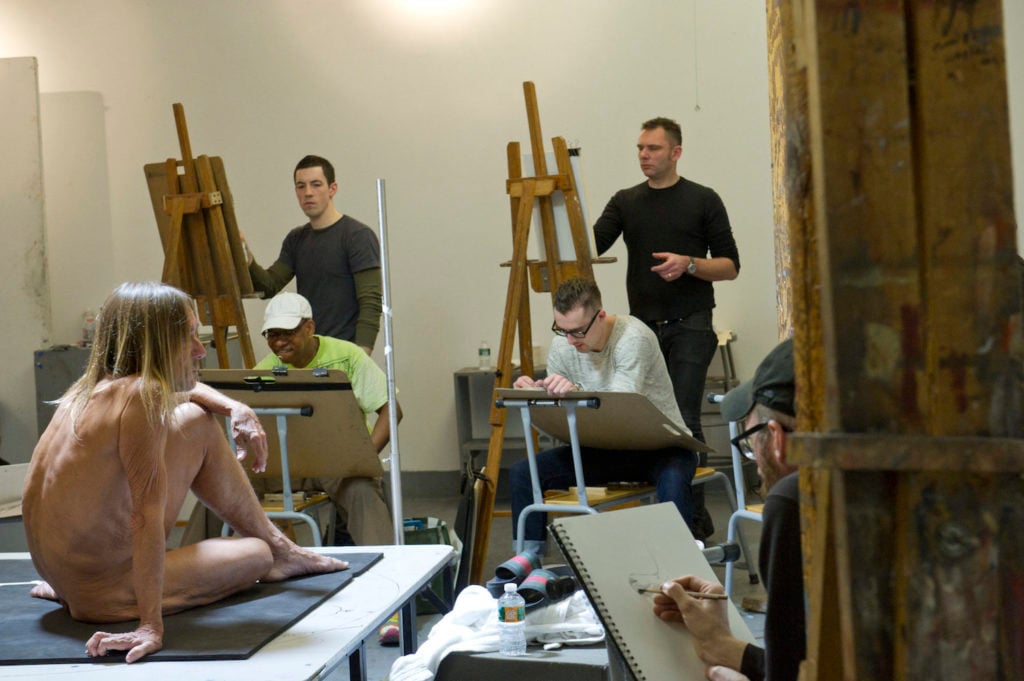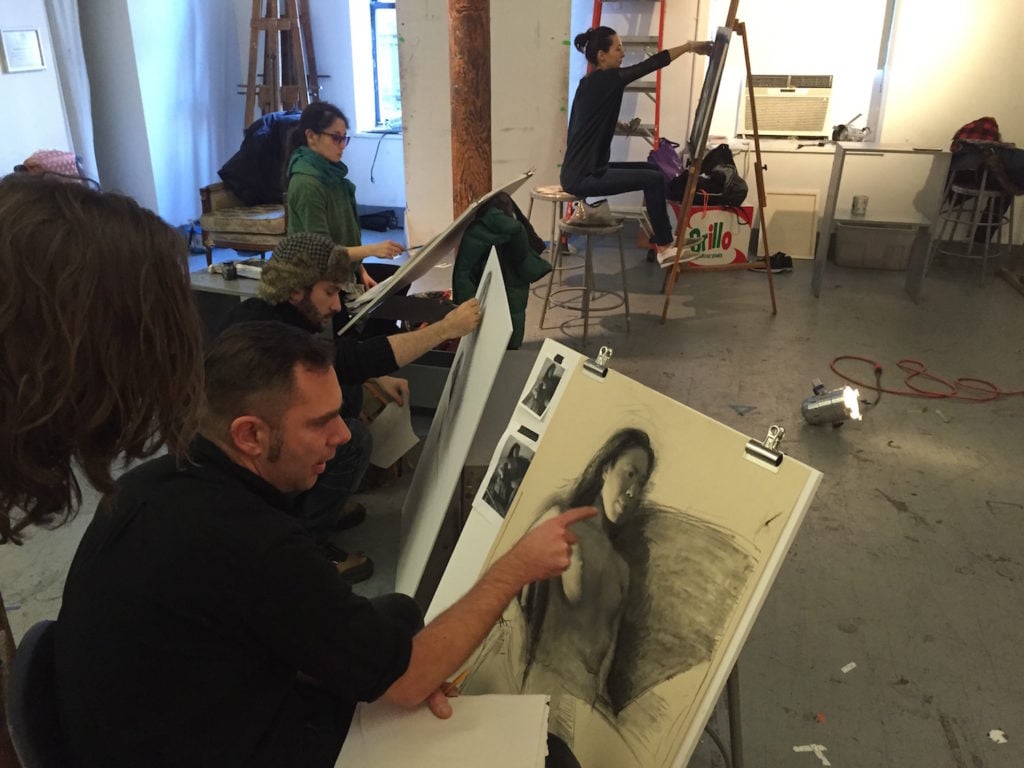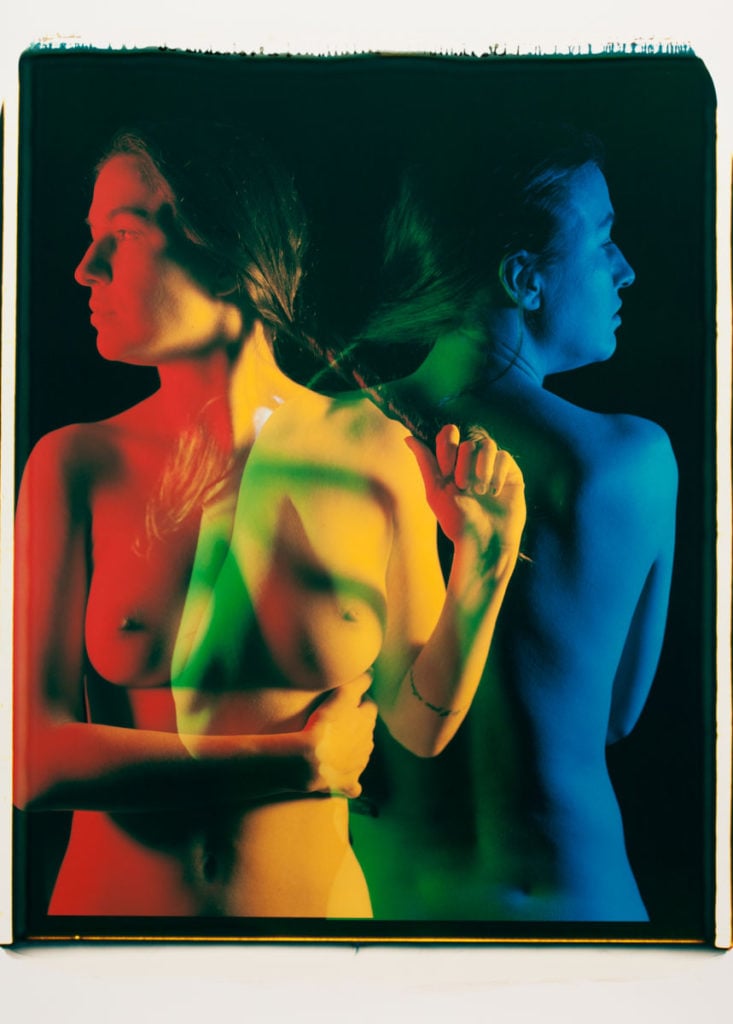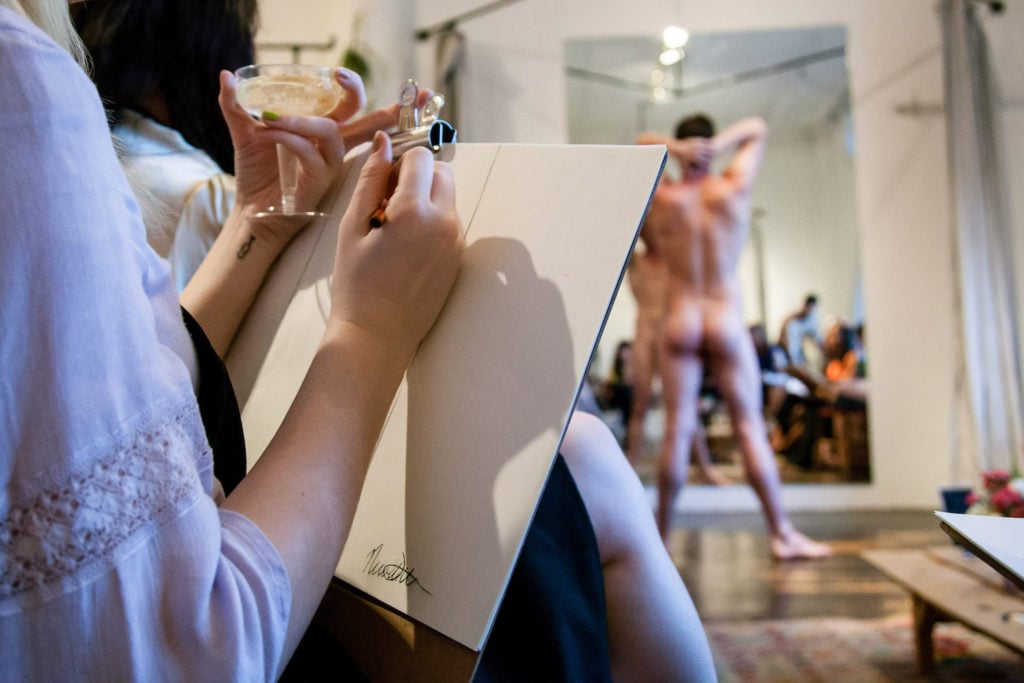
For the First Time in More Than 20 Years, Copyrighted Works Will Enter the Public Domain
A beloved Robert Frost poem is among the many creations that are (finally) losing their protections in 2019
image: https://thumbs-prod.si-cdn.com/Bcw-WIrQ8e3NvTXkRTbEqjdTi2Y=/800x600/filters:no_upscale():focal(4929x3569:4930x3570)/https://public-media.si-cdn.com/filer/d9/b7/d9b7f6f4-a859-42fc-bff6-74c7c7798ab4/janfeb2019_l68_prologue.jpg
:focal(4929x3569:4930x3570)/https://public-media.si-cdn.com/filer/d9/b7/d9b7f6f4-a859-42fc-bff6-74c7c7798ab4/janfeb2019_l68_prologue.jpg)
By
SMITHSONIAN MAGAZINE | SUBSCRIBE
“Whose woods these are, I think I”—whoa! We can’t quote any more of Robert Frost’s “Stopping by Woods on a Snowy Evening,” because it is still under copyright as this magazine goes to press. But come January 1, 2019, we, you, and everyone in America will be able to quote it at length on any platform.
At midnight on New Year’s Eve, all works first published in the United States in 1923 will enter the public domain. It has been 21 years since the last mass expiration of copyright in the U.S.
That deluge of works includes not just “Stopping by Woods on a Snowy Evening,” which appeared first in the New Republic in 1923, but hundreds of thousands of books, musical compositions, paintings, poems, photographs and films. After January 1, any record label can issue a dubstep version of the 1923 hit “Yes! We Have No Bananas,” any middle school can produce Theodore Pratt’s stage adaptation of The Picture of Dorian Gray, and any historian can publish Winston Churchill’s The World Crisis with her own extensive annotations. Any artist can create and sell a feminist response to Marcel Duchamp’s seminal Dadaist piece, The Large Glass (The Bride Stripped Bare by Her Bachelors, Even) and any filmmaker can remake Cecil B. DeMille’s original The Ten Commandments and post it on YouTube.
“The public domain has been frozen in time for 20 years, and we’re reaching the 20-year thaw,” says Jennifer Jenkins, director of Duke Law School’s Center for the Study of the Public Domain. The release is unprecedented, and its impact on culture and creativity could be huge. We have never seen such a mass entry into the public domain in the digital age. The last one—in 1998, when 1922 slipped its copyright bond—predated Google. “We have shortchanged a generation,” said Brewster Kahle, founder of the Internet Archive. “The 20th century is largely missing from the internet.”
For academics fearful of quoting from copyrighted texts, teachers who may be violating the law with every photocopy, and modern-day artists in search of inspiration, the event is a cause for celebration. For those who dread seeing Frost’s immortal ode to winter used in an ad for snow tires, “Public Domain Day,” as it is sometimes known, will be less joyful. Despite that, even fierce advocates for copyright agree that, after 95 years, it is time to release these works. “There comes a point when a creative work belongs to history as much as to its author and her heirs,” said Mary Rasenberger, executive director of the Authors Guild.
* * *
We can blame Mickey Mouse for the long wait. In 1998, Disney was one of the loudest in a choir of corporate voices advocating for longer copyright protections. At the time, all works published before January 1, 1978, were entitled to copyright protection for 75 years; all author’s works published on or after that date were under copyright for the lifetime of the creator, plus 50 years. Steamboat Willie, featuring Mickey Mouse’s first appearance on screen, in 1928, was set to enter the public domain in 2004. At the urging of Disney and others, Congress passed the Sonny Bono Copyright Term Extension Act, named for the late singer, songwriter and California representative, adding 20 years to the copyright term. Mickey would be protected until 2024—and no copyrighted work would enter the public domain again until 2019, creating a bizarre 20-year hiatus between the release of works from 1922 and those from 1923.
This hole in history was accidental, but it occurred at a remarkable moment. The novelist Willa Cather called 1922 the year “the world broke in two,” the start of a great literary, artistic and cultural upheaval. In 1922, Ulysses by James Joyce and T.S. Eliot’s “The Waste Land” were published, and the Harlem Renaissance blossomed with the arrival of Claude McKay’s poetry in Harlem Shadows. For two decades those works have been in the public domain, enabling artists, critics and others to burnish that notable year to a high gloss in our historical memory. In comparison, 1923 can feel dull.
But that was the year Noël Coward staged his first musical, the hit London Calling!, and Jean Toomer came out with his breakthrough novel about African-American life, Cane. Because access to these and other works from the year has been limited, our understanding of the tumultuous 1920s is skewed. That will begin to change January 1, when digital compendia such as the Internet Archive, Google Books and HathiTrust will make tens of thousands of books available, with more to follow. They and others will also add heaps of newspapers, magazines, movies and other materials.
Much the same will happen every January 1 until 2073, revealing long-overlooked works from the Harlem Renaissance, the Great Depression, World War II and beyond. (After 2073, works published by authors who died seven decades earlier will expire each year.) “We’re going to open these time capsules on a yearly basis...and potentially have our understanding of that year and all the contents change,” said Paul Saint-Amour, a professor of English at the University of Pennsylvania and editor of Modernism and Copyright.
“We can’t predict what uses people are going to make of the work we make available,” said Mike Furlough, executive director of HathiTrust. “And that’s what makes that so exciting,”
* * *
“Two roads diverged in a wood, and I— / I took the one less traveled by, / And that has made all the difference.” How refreshing it is to quote freely from another iconic Robert Frost poem, “The Road Not Taken,” published in his poetry collection Mountain Interval in 1916. Its copyright expired in 1992 and that has made all the difference. The poem has inspired lyrics from Bruce Hornsby, Melissa Etheridge and George Strait, and its phrases have been used to sell cars, careers, computers and countless dorm room posters that feature the final lines as an exhortation to individualism that the poet likely never intended.
On January 1, HathiTrust will publish Frost’s collection New Hampshire, including “Stopping by Woods on a Snowy Evening,” online and it will finally be available for anyone to adapt. Perhaps no one is more bemused by that prospect than the composer Eric Whitacre. In 1999, believing the poem had already entered the public domain (the last-minute copyright extension prevented that), Whitacre accepted a commission to turn it into a choral piece. After just two performances, Whitacre said, Frost’s publisher and the Frost estate shut him down, refusing to license the work. Whitacre eventually produced a different version of the work, titled “Sleep,” with lyrics written for it by the poet Charles Anthony Silvestri. He is now considering releasing the work in its original form. “All I wanted to do,” Whitacre said, “is illuminate the original poem with music.”
1923 Skidoo
When that year's copyright skedaddles, you'll have instant access to countless titles, including these overlooked gems
- “The Vanishing American” in Ladies’ Home Journal
By Zane Grey
One of the first literary critiques of the treatment of Native Americans; harsher than the later novel and silent film. - A Handbook of Cookery for a Small House
By Jessie Conrad
A peek into the life of author Joseph Conrad via his wife’s recipe collection. - Our American Adventure
By Arthur Conan Doyle
The creator of Sherlock Holmes recounts his popular (and controversial) lecture tour in support of Modern Spiritualism. - The Chip Woman’s Fortune By Willis Richardson
The first drama by an African-American author produced on Broadway; a one-act story of a family in financial straits.
- “Nebraska” in The Nation
By Willa Cather
She laments the cultural and economic homogenization in her beloved state. - The Real Story of a Bootlegger
By Anonymous
The purportedly honest account of life as a criminal under the 18th Amendment: “Prohibition made me a millionaire.”


